Can Ty village, Ha Giang Located on the gentle Mien River , where the Gate is marked with the resistance against the French, this place also retains the traditional linen craft of the local people, attracting many tourists in Ha. Giang but still retains a pure, untouched look.
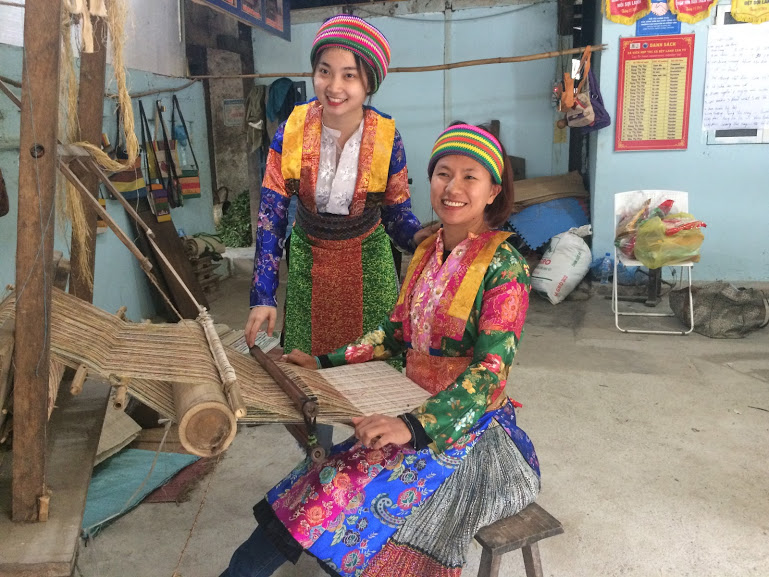
According to the village elders, linen weaving has long been passed down through generations. Regardless of whether Mong women reach adulthood, they know slub into yarns to weave fabrics for family life. Linen demonstrates hard workmanship, which is one of the criteria to evaluate women’s talents, qualities and ways of doing business.
It usually takes 6 months from sowing to weaving and undergoes many stages and streaks such as drying and stripping of fibers, connecting the fibers together, spinning yarn, cooking and washing for the first time. Next is the process of removing yarn, framing, weaving, washing the second time (bleaching) and staining different colors to make a linen sheet.
People often choose flax soil in open and windy places, the soil must be very spongy, well prepared before planting. When going to sow, there must be enough spouses and husbands to walk before the earth and into the beds, the wife goes after spreading the fertilizer and sowing seeds and covering the land.

Flax to harvest

Flax when brought from the field to home will be dried for about 10 sunny days and 4 nights dew to make flax peeled, soft and tough. The bark of the flax was sifted by the sisters into small strands, connected together skillfully, smooth and without creating a knot. This is a job that requires perseverance, effort and lightness.


After finishing, they will be bundled evenly and then put into a mortar to beat all the flour, only the thread remains, then rolled into big rolls with rolls. The yarn helps the flax fibers to spin in a way that is “Creased”. Fiber cars require smooth and skillful techniques which combine smoothly with the hands and feet.



Boiling – washing-drying fibers. This stage has the effect of whitening fibers. After the spinning, the flax will be boiled with the ash to remove the green shell and expose it. This stage is about 3 times more. Particularly the last time boiled, people will add beeswax to make white, smooth and tough.
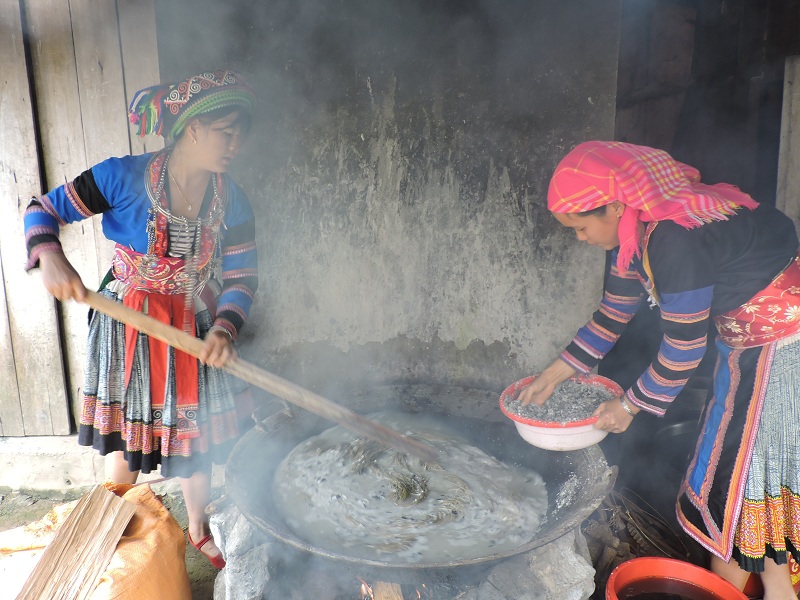
Cook with kitchen ash

Wash linen
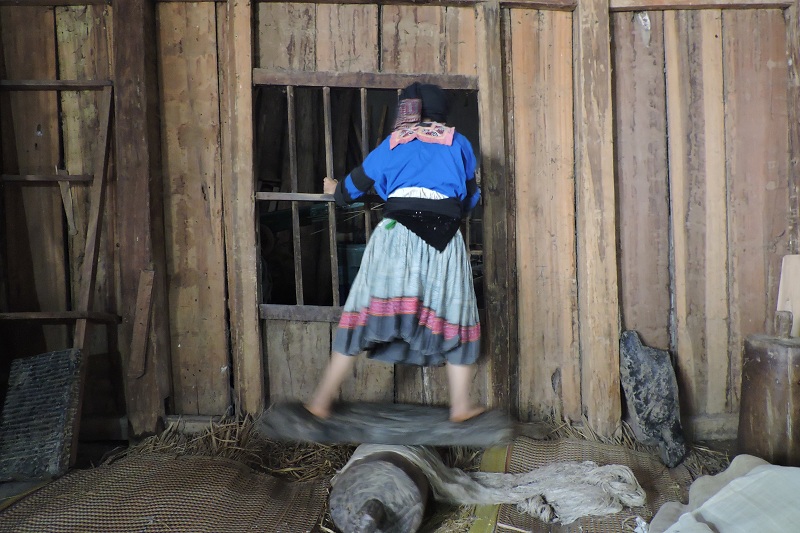
Rolling the yarn will help flaxen yarn softer when weaving, after finishing weaving, raw linen sheets will continue to be rolled several times to help the fabric be white and shiny. Coloring is hard work, takes a lot of time and requires high patience. In order to have the desired color, the fabric must be dyed and dyed many times, for many days. Not only meticulous, skillful, the Mong woman also has to be healthy to carry out weaving.
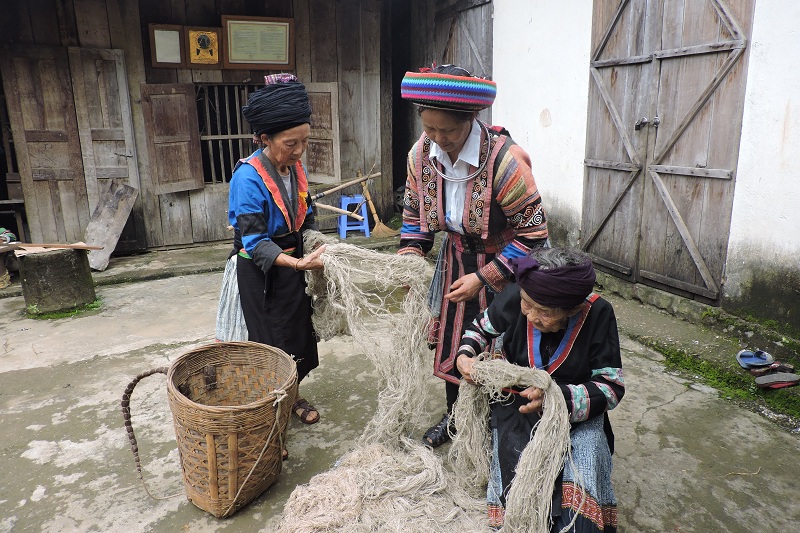
After rolling, the yarn is put on the spinning reel for easy removal.
To create a pattern on the skirt, the Mong woman used beeswax, “dip the pen into the melted wax, and draw on the fabric of the patterns. Then take the indigo dyed cloth, until it becomes dark, the cloth will be dipped in boiling water, the wax will melt and to float white patterns on the cloth.
Along with the patterns of beeswax patterns, the dress of the Mong ethnic people is embellished with embroidery lines with a mixture of subtle colors, the predominant color is usually more red and yellow, creating color. the splendor of the dress.
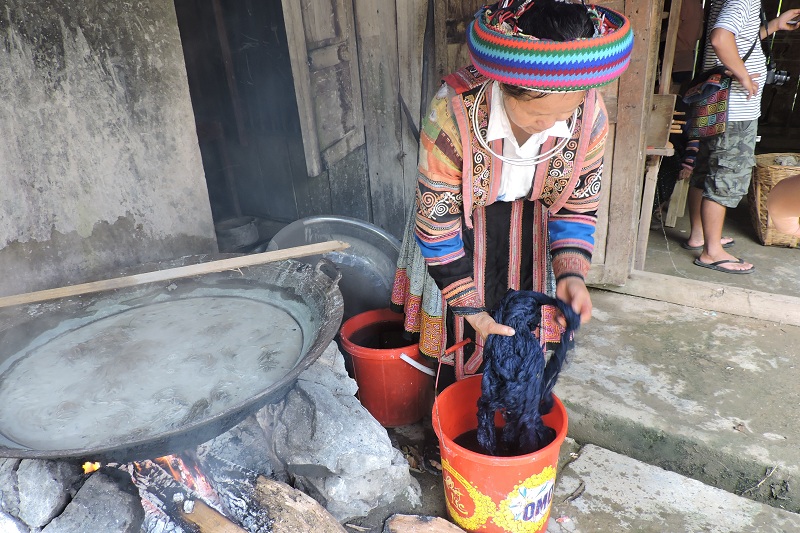
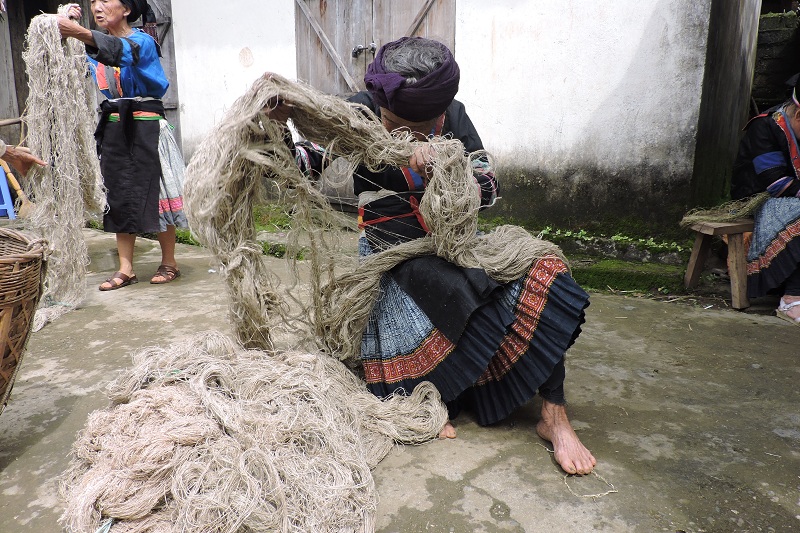
Spend yarn into tubes

Not only meticulous, skillful, the Mong woman also has to be healthy to carry out weaving

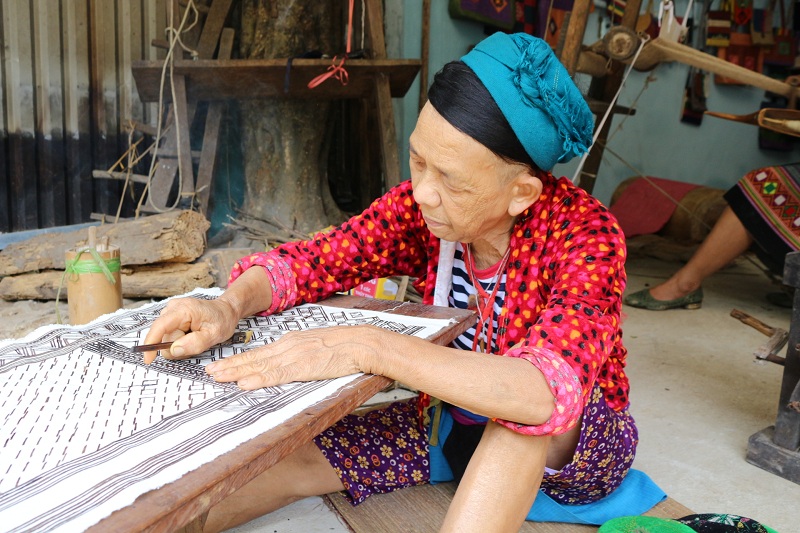
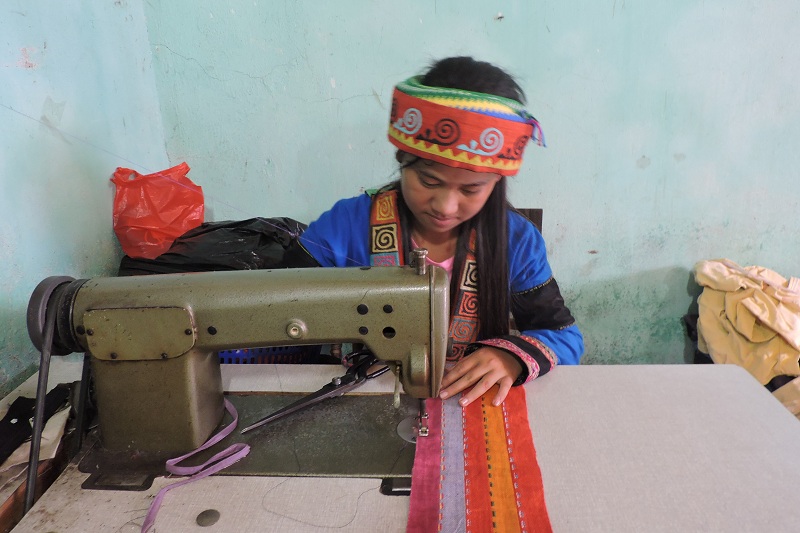
Sewing and finishing products
Today, not only weaving linen for dresses, the Hmong women also create many other kinds of products full of applications with unique motifs and eye-catching color schemes … … Go to Ha Giang, if not yet Visiting brocade village, you have missed a unique sightseeing spot only in the highlands.
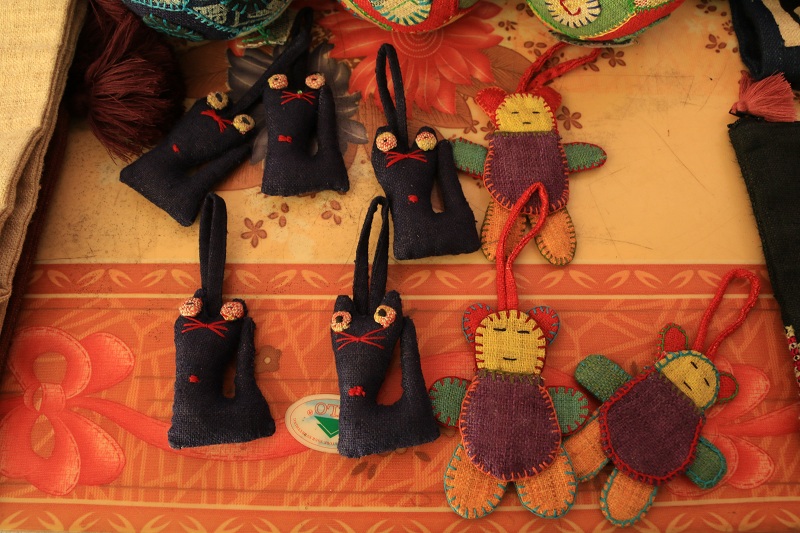
Go to Ha Giang, if you have not visited brocade weaving village, you have missed a unique sightseeing spot only in the highlands



Có thể bạn quan tâm:
Productvergelijking: Vind de Beste Deals op Imono.nl
Het maken van de juiste productkeuze kan soms een complexe klus [...]
A Culinary Journey: Exploring the World of Delicious Recipes
Food is not just sustenance; it’s an experience. It’s an art [...]
Waarom Nederlandse spelers Nixbet als hun favoriete goksite kiezen
In dit artikel duiken we in de redenen waarom steeds meer [...]
Authentique Poker Gameplay Jeux En Ligne ✺ France 👑
Roue de la fortune Partagez-le avec un ami proche. À la [...]
Établi Roulette Mise En Jeu Méthodes ♪ territoire français Get Free Bonus
Comment Jouez intelligemment à la Roulette en ligne Sur le Web [...]
Betonred Casino Bonus Fără Depunere ☼ Mureș 📢
De exemplu, aparate de loterie digitale, keno digitalizat și bilete razuibile [...]